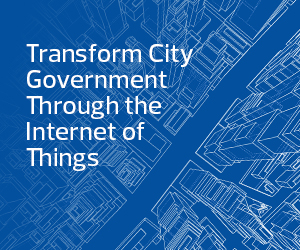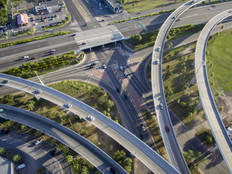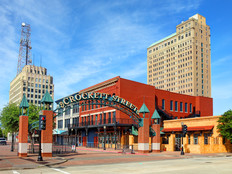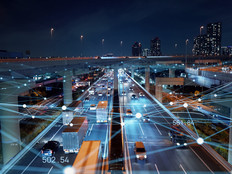Cisco Supports Increasing Digital Equity
The network’s Cisco Ultra-Reliable Wireless Backhaul infrastructure includes Meraki MR86 outdoor access points and Catalyst switches that have been mounted on towers and streetlight poles, distributing a high-speed signal throughout the neighborhoods, says Gary DePreta, area vice president for state and local government and education at Cisco.
“For a city to dig trenches and provide fiber optics to 40,000 to 50,000 residents, that would be measured in years,” DePreta says. “Because of the urgent need to provide services during the pandemic, time was of the essence. Essentially, that technology provides the data capacity and speeds of fiber-optic cabling, but you can deploy it from a wireless infrastructure.”
The city anticipated that the planning for its public CFW-Neighborhood network would take six months, but the process ultimately lasted nine.
“We’ve got beautiful landscapes and undulating hills and lots of mature trees and other things that interfere with radio signal propagation,” Gunn says. “It was a lot more of a challenge than we anticipated initially.”
READ MORE: Explore wireless access points to support wireless infrastructure.
How Fort Worth Is Reaching into Communities
Fort Worth worked with radio engineers to determine where to install system elements, placing items out of reach of objects that could interfere with propagation, Gunn says.
“It’s picking the right location to put the two inputs so you get the best signal,” he says. “Some of the facilities we identified initially were places like libraries, which are one-story buildings here in Fort Worth; so, we pivoted to those that had two or more stories.”











